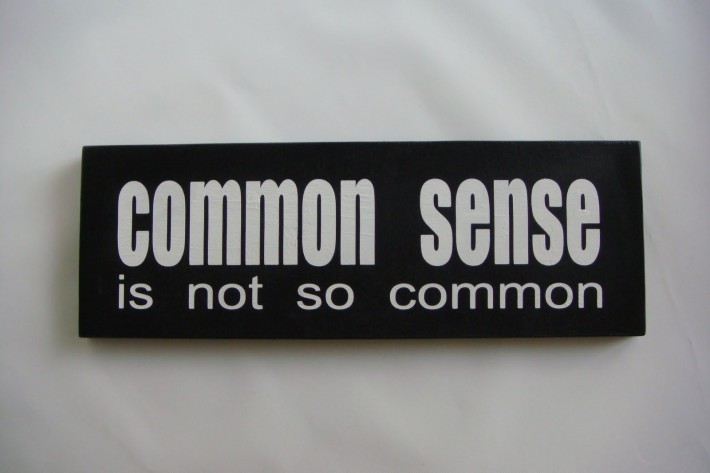Thanksgiving is the only official day of the year when friends and family gather to share their thanks and appreciation for one another. Why is it that we assign this one holiday as the day of gratitude when giving our thanks on a daily basis has proven psychological, emotional and physical benefits?
According to the Science of Gratitude, an NPR radio special that explored the scientific research illustrating the benefits of gratitude, employees work harder, smarter, and longer when gratitude for their efforts is expressed. The sharing of genuine gratitude drives positive feelings, making employees more excited about coming to work and customers more loyal.
Employees Express Less Gratitude in the Workplace.
To many, gratitude may seem like a basic instinct, a “soft-skill” that people automatically employ in their daily lives. Unfortunately, quite the opposite is true. A 2012 workplace study conducted by Penn Shoen Berland indicated that Americans are less likely to express gratitude in the workplace than anywhere else.
Employee Appreciation Leads to Greater Productivity.
One of the biggest challenges that companies face in the current work environment is keeping employees engaged. Employee engagement has been declining annually and is currently at about 44%. With low rates of engagement, the company’s bottom line suffers.
Adam Grant, a professor at the Wharton School of Business, found that employee appreciation in the workplace leads to greater productivity and success. At Lincoln Financial, Chief Optimism Officer, Anna Goche found that gratitude makes work more meaningful, strengthens relationships, and boosts employee engagement. Lincoln Financial’s employee engagement is at 60% and rising.
Easy Steps to Infuse Gratitude In the Workplace.
How can you make gratitude common practice within your organization? It may be easier than you think, but it is often overlooked because it seems too obvious.
- Write a note of gratitude to deserving employees. Make it specific and indicate what exactly stands out about the work that you appreciate. Not only will this make them feel good, but it will also make it clear what actions are the most impactful– improving their productivity and your bottom line!
- Follow the lead of Nextjump.com, an e-commerce company that created a contest to reward the employee considered by their colleagues to be the one who “helped them succeed the most” with $50,000 annually. This will encourage a culture of gratitude among employees who are willing to work together.
- Seek out ways to publically acknowledge members of your team by having the CEO send an email citing what exactly was done that deserves accolades.
- Have a high-level company influencer send a voicemail message to your team thanking them for an important action.
Team SBR has helped clients improve gratitude in their organization by implementing numbers 1, 3 and 4. We’ve helped bring life into a number of organizations by implementing a variety of methods to increase staff motivation, ultimately boosting performance and sales.
At SBR, we understand and believe in the importance of expressing gratitude each and every day. Gratitude is contagious. Start with something small, and watch as it spreads throughout your organization, boosting employee’s satisfaction and your bottom line.



